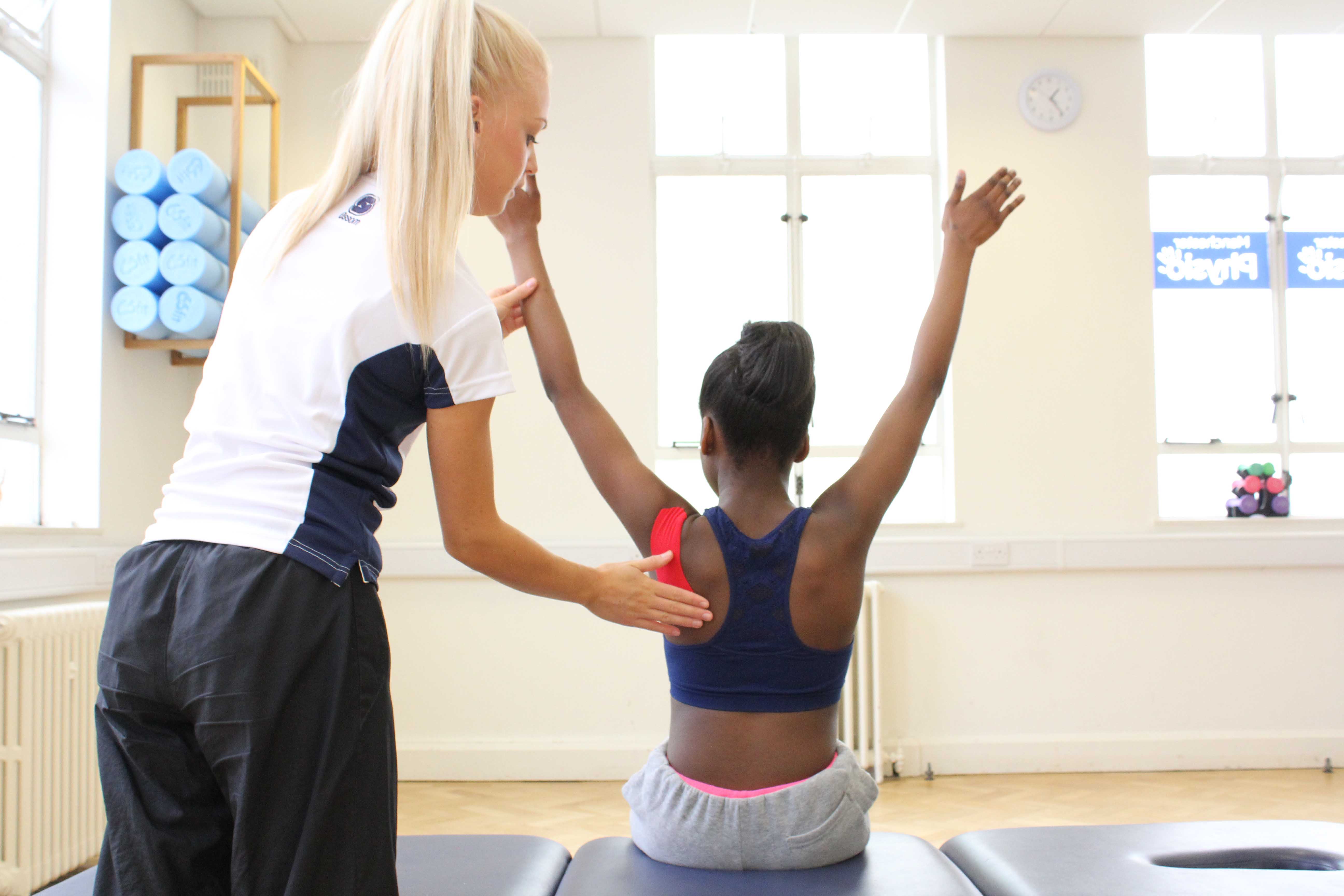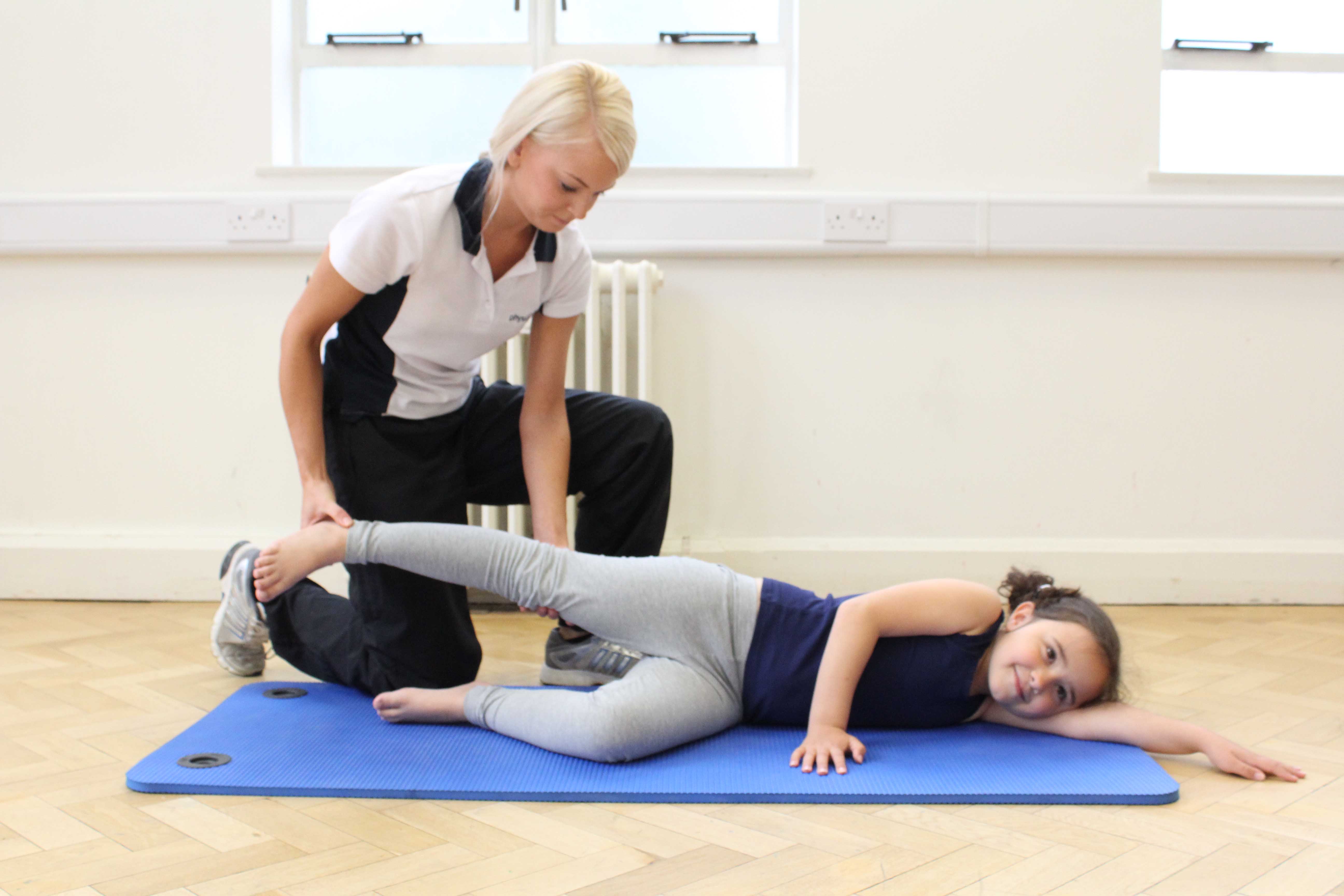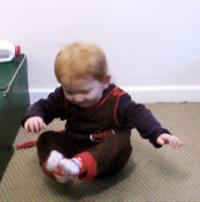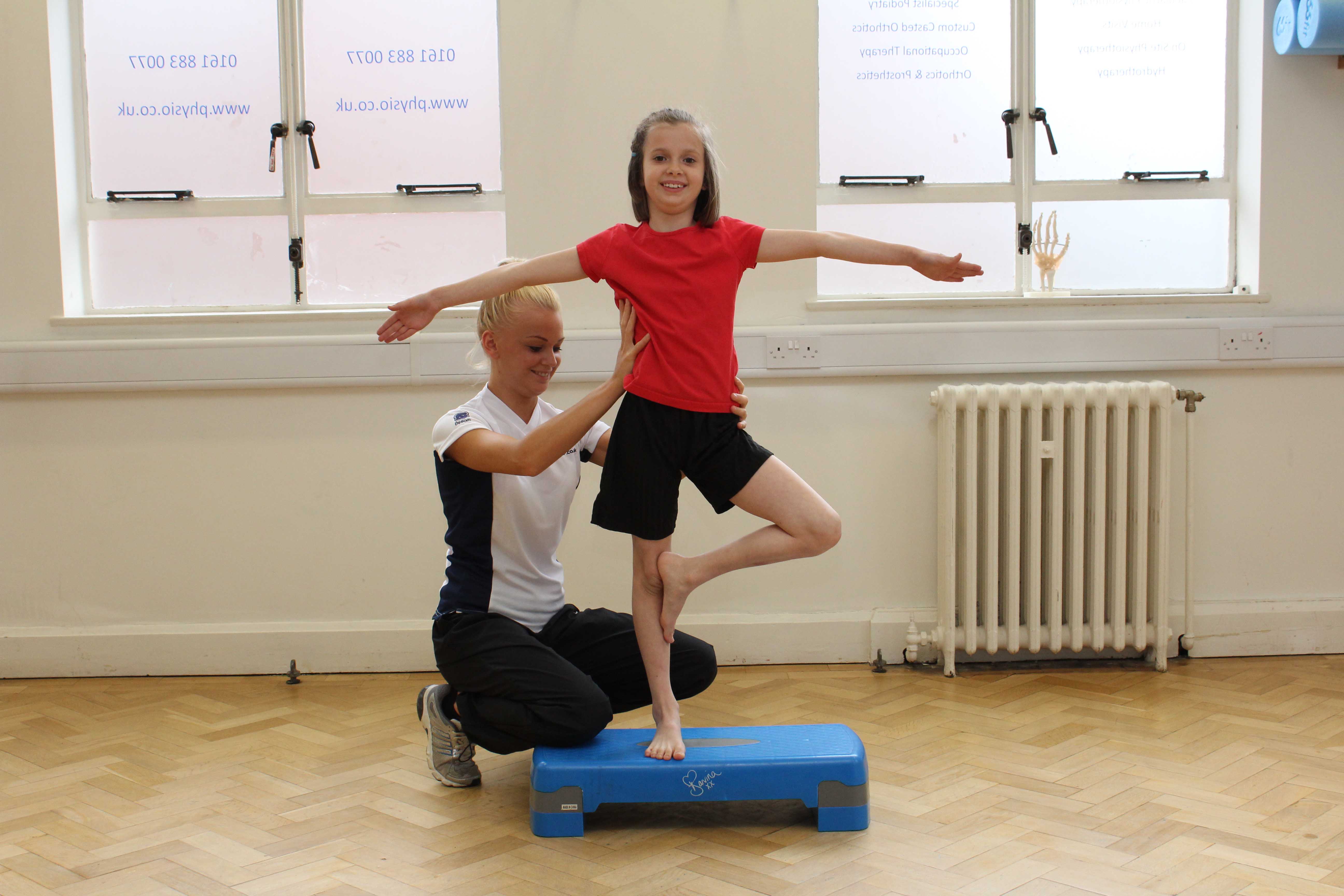hypermobility in babies uk
It is not an illness or disease and is a normal variation. Hypermobility is a condition in which you have more movement in your joints.

Hyper Mobility Syndrome Children Conditions Paediatric What We Treat Physio Co Uk
Hypermobility in Children Description or Diagnosis.

. Hypermobility can be generalised or affect just peripheral joints for example hands and feet Foster 2013. It is extremely common in children having being reported in 25 to 50 of those younger than 10 years of age. It affects 7 10 of school age children in the UK.
My 9 month old son has rolled over both ways could roll for England sit up unaided for many hours if he had to and can stand and bear weight for some time if I gentlyvery lightly hold him with one finger. This leaflet is for children who have hypermobility in their joints. The older you are the less likely it is you will be hypermobile.
Hypermobility describes how bendy or flexible you are. With hypermobility ligaments are relaxed and the joints they support are more flexible and move easily beyond the normal range expected for that joint. Never been a problem before.
Sometimes children are severely affected. Ligaments offer stability to joints and in hypermobility ligaments are lax and joints have more flexibility. With a holistic solution-focused approach to living well with a hypermobility syndrome our expert.
Using this leaflet. Site by CTI. Anyone who has symptoms as a result of having hypermobile joints but who does not have all the features of Ehlers-Danlos syndrome has a hypermobility spectrum disorder.
It occurs on average in 30 of the child population being more common in girls than in boys in a ratio of 3 to 1. This readiness for action depends on the sensitivity of the stretch receptors in the muscles. Hypermobility literally means more movement.
4 points and pain in 4 or more joints for at least 3 months joint hypermobility syndrome likely. Between 25-50 of children under 10 are considered hypermobile. It is considered a normal finding by medical professionals.
Most children will get less flexible as they. It is now slightly. If the sensitivity to stretch is very low the muscles are slow to respond and they appear to be weak and floppy.
The CSP is the professional educational and trade union body for the UKs 60000 chartered physiotherapists physiotherapy students and support workers. Infants who appear to be floppy and have hypermobile joints are often given a diagnosis of low muscle tone. Its just the way someone is made and often runs in families.
It affects 7 10 of school age children in the UK. It is not an illness or disease and is a normal variation. These problems mainly affect children and young adolescents with extra-flexible hypermobile joints who develop pain on exercise which persists when they rest.
It is extremely common in children having being reported in 25 to 50 of those younger than 10 years of age. Hypermobility refers to an increased range of movement in multiple joints for their age. Hi I was diagnosed as hypermobile during my pregnancy.
The older you are the less likely it is you will be hypermobile. It covers exercises for strengthening your childs legs arms and core muscles to help support their hypermobile joints. Hypermobility is a description of joint movement.
This is a normal finding and very common in children. Hypermobility isnt an illness or a disease and as such cant be cured. Instability of the joints might lead to dislocations or subluxations partial dislocations children may suffer from pain their joints may click and they may fidget to relieve discomfort.
Infant hypermobility is a common asymptomatic condition in children under the age of 5 that causes joints to move outside their normal limits. Liz Clayton previously Hardy is an Advanced Physiotherapist in Paediatric Rheumatology. The recommendation on when community management is usually appropriate is based on musculoskeletal triage guidance for children and young people RightPath 2017.
The ligaments that offer stability are more lax and therefore cause increased flexibility. The HMSA The Hypermobility Syndromes Association. The Hypermobility Syndromes Association is here to support everyone with symptomatic hypermobility whatever the cause however mildly or severely they may be affected and whether or not they are diagnosed.
Hypermobility in children refers to joints in the body that moves easily beyond their normal range due to weakness of the connective tissue collagen in the muscles ligaments tendons and skin. It is not an illness or a disease just the way someone is put together. This can cause severe on-going pain.
Hyper means more and mobility means movement. Hypermobility is very common in babies and children and is often referred to as being double-jointed but that does not mean that this disorder is to be taken lightly. 4 points hypermobility likely.
Hypermobility may affect just one joint or many joints. This causes pain and increased risk of injury such as dislocation strains and sprains. Hypermobility may affect just one joint or many joints.
RightPath 2019 and expert opinion in a review article Smith and Ramanan 2013Expert opinion describes the doctors role as establishing an accurate diagnosis of joint. Hypermobility refers to an increased range of movement in multiple joints for their age. This leaflet is intended to be used in conjunction with the APCP symptomatic hypermobility.
Being hypermobile or flexible is not always a bad thing. A doctor will also use more detailed criteria to help their diagnosis. Hypermobility is commonly seen in young children.
The term muscle tone refers to the muscles readiness for action. Most children are flexible but some more so than others. Hypermobility in children Under 5s.
But when hypermobility causes pain it could point towards joint hypermobility syndrome which needs to be treated. Most children are flexible but some more so than others. It is sometimes referred to as being double jointed and is quite common about 1 in 10 people are hypermobile.
Hypermobile joints those that move beyond their normal range of motion are common affecting 8-39 of school-age children with girls more commonly affected than boys Tofts et al 2009. While standing put hands flat on floor while knees stay straight. You may hear doctors and other professionals working use it.
How common is hypermobility. It can be an advantage in activities such as dance. Children with hypermobile EDS will be more bendy than their peers and this hypermobility can cause problems.
Lots of people are hypermobile or flexible and if you look around your classroom you will see other bendy children. Joint hypermobility in babies and children is even more common and usually causes no problems. Castori and Hakim 2017.
Most children will get less flexible as they get older and should improve as the childs strength and. It occurs when collagen levels in tendons and ligaments are altered making the fibers thinner and less stiff. Hypermobility in babies or children is a condition whereby a child has more than normal range of movement in some or all of the joints in their body.
Hypermobility is commonly seen in young children. The symptoms of hypermobility depend on the type your child.

How Hypermobility And Low Muscle Tone Affect Your Baby S Development Skills For Action

Joint Hypermobility In Babies And Children Emma S Diary

Is There A Happy Ending For Children With Hypermobility Double Jointed

Is There A Happy Ending For Children With Hypermobility Double Jointed

Joint Hypermobility What It Is And How It Is Diagnosed And Managed

Hypotonia Why Milestones Are Harder For My Third Baby Cando Kiddo Hypotonia Hypotonia Baby Pediatric Physical Therapy

How Hypermobility And Low Muscle Tone Affect Your Baby S Development Skills For Action

What Is Hypermobility In Babies Children Young Adults Therapy Stars

How Hypermobility And Low Muscle Tone Affect Your Baby S Development Skills For Action

York And Scarborough Teaching Hospitals Nhs Foundation Trust Symptomatic Hypermobility

How Hypermobility And Low Muscle Tone Affect Your Baby S Development Skills For Action

Hyper Mobility Syndrome Children Conditions Paediatric What We Treat Physio Co Uk
Toddler Returns Parents Accused

What Is Hypermobility In Babies Children Young Adults Therapy Stars

Steps Charity Worldwide How Healthy Are Your Baby S Hips Please Share 5 Way To Check Your Babies Hips Dislocated Hips Are Not Visible Or Painful And Can Go Undiagnosed Early Detection

How Hypermobility And Low Muscle Tone Affect Your Baby S Development Skills For Action

Hyper Mobility Syndrome Children Conditions Paediatric What We Treat Physio Co Uk
Physiotherapy For Children Provided By Kidsphysio In Milton Keynes Bedford Flitwick Ampthill Hypermobility